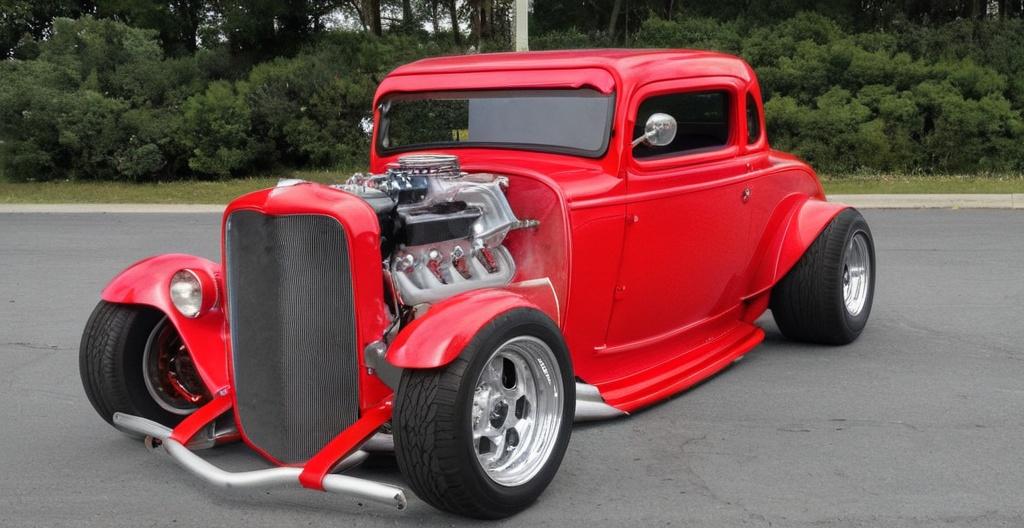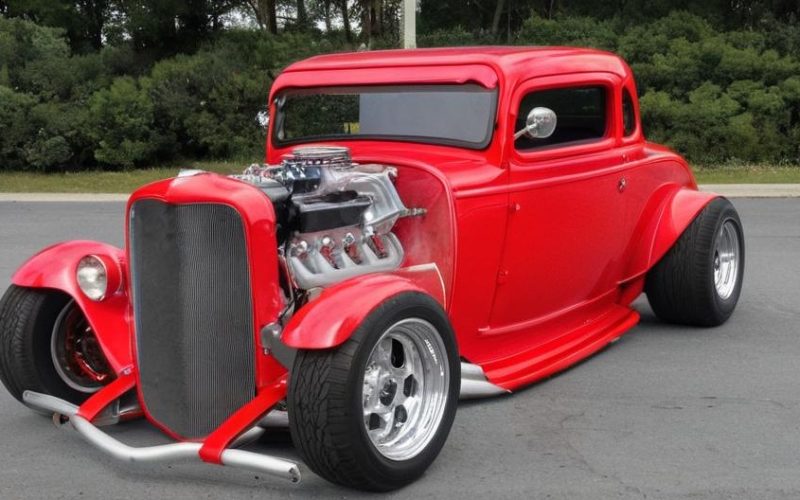Key Take Aways About How Street Rodding Influenced Mainstream Car Culture
- Street rodding originated from post-war American youth culture, emphasizing speed, individuality, and rebellion.
- It evolved into an art form, balancing performance with aesthetics, influencing mainstream car design.
- The movement propelled custom car culture, impacting media portrayals and inspiring global car modification trends.
- Street rodding drove a thriving aftermarket industry, fostering innovation like fuel injection and turbocharging.
- It became a global phenomenon, with diverse cultural influences enriching the community.
- As the auto industry embraces electrification, street rodding adapts, continuing to fuel creativity and passion.

The Birth of Street Rodding
Street rodding is not just about cars—it’s a way of living. Born from the post-war youth culture in the United States, street rodding began as a movement among young enthusiasts who wanted to go faster, look cooler, and stand out from the mundane. These folks took pre-war cars, often Fords, stripped them down, and souped them up. The appeal was simple—speed, individuality, and a touch of rebellion. Over time, what started as an underground culture revved its way into mainstream car vibes.
Evolution of the Hot Rod
As the street rodding scene picked up speed, it became more than just a hobby. Turning that “hand-me-down” car into a sleek road beast became an art form. Street rodding pushed the limits of what was possible with available technology. The initial goal was simple: make the car go faster. But with time, aesthetics became just as important as horsepower. The 1960s and 70s saw creations that not only blazed trails on the streets but also turned heads while parked.
Influence on Design and Aesthetics
Street rodders have a knack for mixing the old with the new. The seamless blending of classic car lines with modern tech and design made street rods stand out. This influence was not lost on mainstream car manufacturers, many of whom began incorporating street rod-inspired elements into their production models. Low-slung stances, aggressive grilles, and snappy color schemes that started in the rodder’s garage became showroom hits.
Impact on Mainstream Culture
You know how everyone’s uncle seems to have a classic car they tinker with? Thank street rodding for that. The movement popularized the idea of the car as a canvas for self-expression. It wasn’t long before Hollywood got onboard, churning out films that romanticized the street rod lifestyle, and boom—the fascination with custom cars hit the mainstream hard.
From Unofficial to Recognized
Street rodding has gone from something you might have whispered about in your parent’s garage to hosting glitzy car shows worldwide. Events like the Grand National Roadster Show have become the mecca for enthusiasts. These gatherings didn’t just keep the culture alive—they helped shape the industry’s future and put street rodders’ creativity on display for a global audience.
The Economic Ripple Effect
Street rodding had far-reaching effects beyond the garage. It created a booming aftermarket industry. With a demand for custom parts and high-performance mods, businesses sprang up to meet the enthusiasts’ needs. This craze for customization opened the floodgates for aftermarket parts manufacturers, turning it into a multi-billion dollar industry that laid the groundwork for today’s expansive car mod market.
Technology and Innovation
Necessity is indeed the mother of invention, and street rodders are nothing if not inventive. The hunger for more power and better performance led to technological innovations that trickled down into everyday cars. Fuel injection systems, improved suspension setups, and turbocharging—thanks to the endless weekend tinkering of street rodders, these became more than just niche mods but standard must-haves.
Cultural Exchange and Global Influence
The fun didn’t stop in the United States. Like any good tune, street rodding was too catchy to stay local. It spread like wildfire across the globe, each location adding its own twist to the trend. From Japan’s Bosozoku to Australia’s muscle car scene, the international modification communities were born. This cross-pollination of cultures enhanced street rodding, making it a global phenomenon and influencing car culture worldwide.
The Future of Street Rodding
With electric vehicles (EVs) now part of the narrative, street rodding faces new frontiers. While the purists might scoff at the idea of an electric street rod, innovation never waits for acceptance. The next wave of street rodders may not only champion speed and style but also sustainability. As the automotive world shifts gears, street rodders will likely continue adapting, innovating, and influencing the mainstream auto industry.
Street rodding’s influence is clear as day: it altered the way we see and interact with cars. It’s a living testament to creativity and individuality on wheels, having shifted gears from a niche pastime to an essential part of car culture across the globe. While its future might be electric, the heart and soul of street rodding will always be powered by passion.
